SAN ANTONIO (Day 4 - part 1)
We drove out to the Natural Bridge Caverns, about 30 minutes north of downtown. These are the largest commercial caverns in Texas. We decided to do a combo tour of both the Discovery & Hidden Passages Tours. After securing our times and tickets, we set out to our first meeting spot for the Hidden Passages tour. Cayla was our guide.
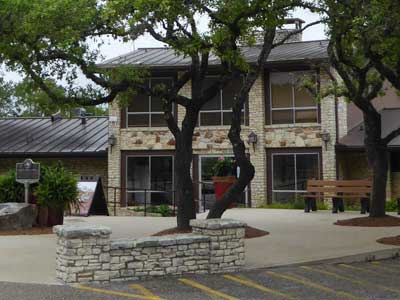

The cave began in the early Cretaceous and is still forming. The caverns were discovered in 1960 by four students from a local university. After several explorations, they had revealed two miles of what became known as the North Cavern. Development for tourism began in 1963 with the addition of lights and trails, until the grand opening in 1964.
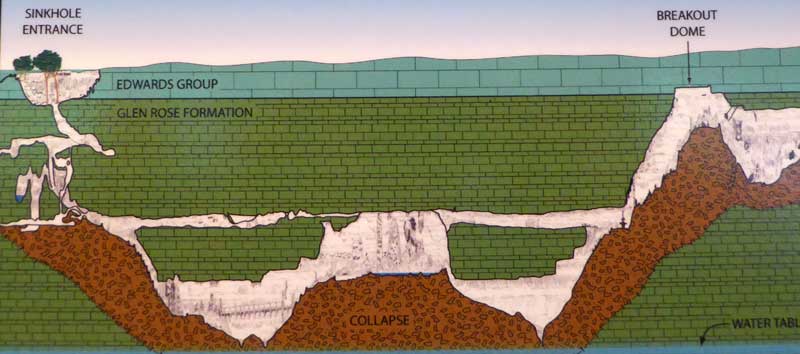
Side view of the North Cavern to show depth
In 1967, it was suspected there were more caverns to the south. They dug tests shafts to find another entrance. The first one was only 8 inches wide. Eventually, the fourth shaft led to a large void about 90 feet below the surface. A camera was lowered and the photos revealed a large chamber filled with formations. They expanded the hole to 22 inches wide and three men were lowered down. They were Jack Burch, Reggie Wuest and Myles Kuykendall. By combining the first two letters of each first name, they named this newly discovered chamber the Jaremy Room. A second shaft was sunk nearby, dropping 150 feet down into another large room. This then officially became the South Cavern. When the first tours began in 1999, the shaft entrance (along with a 180-foot) drop was the only way in.
In 2008, the North Cavern was renamed the Discovery Passages and the South Cavern was changed to Hidden Passages (our first tour). Today, the deepest part of the public tour is 180 feet below the surface, although undeveloped areas of the cavern go down as far as 230 feet. Natural Bridge Caverns became a registered U.S. National Natural Landmark in 1971.
Fortunately we didn't have to drop down a narrow hole on ropes but could walk down (and eventually back up) 185 stairs, ranging over 1/3 mile.

The South Cavern or Hidden Passages. We'd only go down as far as to get a view of the Cathedral Room.


One of the original well shafts .... Cayla shows us how small 22 inches actually is (the dot on the floor)!



A speleothem is a geological formation in caves caused by the build-up of mineral deposits over time. They can take a wide variety of forms. A stalagmite (pushing up with all its might) ... and some stalactites (they'd better hold on tight)

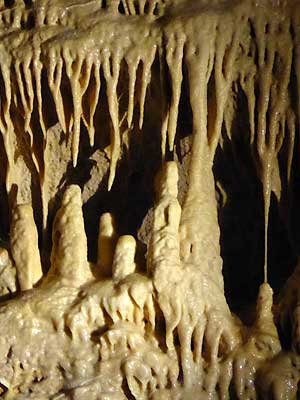





In this section of the caverns, soda straws can grow up to 3 - 4 feet long. On the Discovery tour, they are only 5 to 6 inches because bats knock them down.

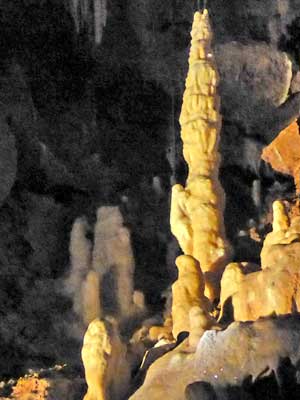

A helectite is a seemingly gravity-defying stalactite. There are only two found in the cave system.

The long stairway
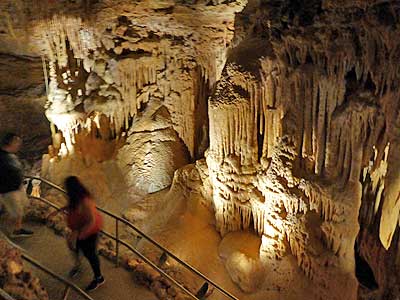





Dripping water is what keeps the cave growing.


As water continues to drip, it has started to create a stalactite on the handrail!



Known as paleokarst, this rock is an older portion of the cave, before the cavern system.

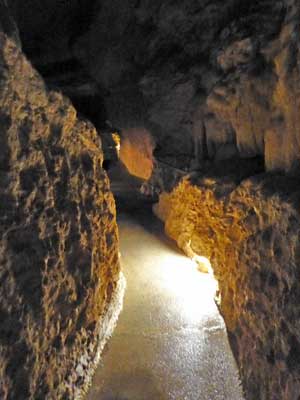


Entering the Cathedral Room

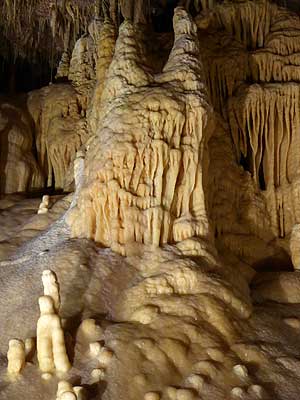

We sat on some benches while the lights were turned off so we could experience 100% darkness. It was interesting how one's brain was still CONVINCED it could see things.



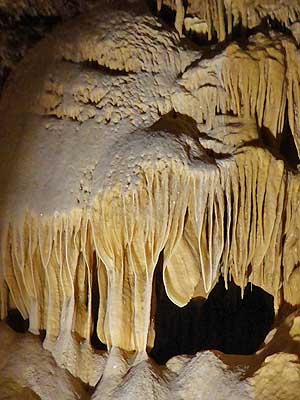
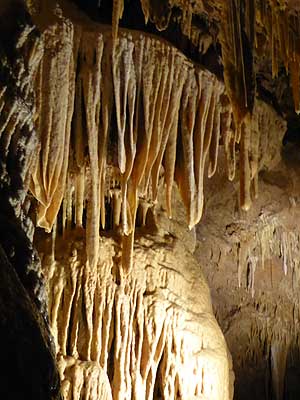
The cave continues down another 1/2 mile (through a 5th shaft), but we turned around and made our way back up all those stairs.


The shaft hole in the Jaremy Room


We browsed the visitor center until it was time for our Discovery Tour. We made our way down a long winding path to the bottom of the sinkhole where we met our next guide, Sammy. This would be a one-direction tour (not an out-and-back-the-same-way like the previous one) of 3/4 of a mile and we would get as deep as 180 feet.
This large sinkhole was at one time the first room in the cavern. Erosion eventually led to the collapse of this upper part of the cave system some 5,000 years ago, leaving behind a 60 foot natural bridge. This area was where the first crawlway was discovered in 1960.




Different views of the natural bridge

Click for a larger view


Heading in

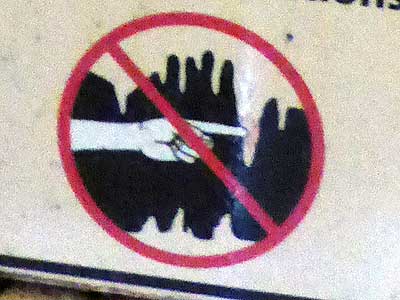
Touch a stone and go to jail.

return • continue

